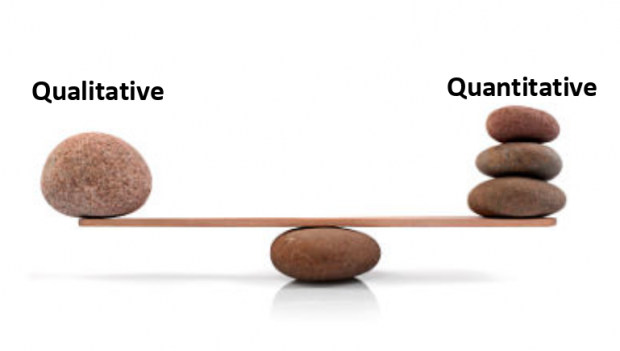This is the first in a short series of blogs which summarise and share the learning from our Making an Impact workshops (August 2018). This post provides an overview of Darren Smart’s introductory presentation. Darren is Strategic Manager Operations for Libraries, Registration and Archives in Kent.
Why measure outcomes?
Nowadays, most organisations are outcomes focused, including local and central government - your council will have a vision and strategic outcome and Ambition describes the 7 Outcomes libraries deliver.
More importantly outcomes help to demonstrate impact and can be used to show the difference a library or an activity made. Local councils have an evidence based plan to address local needs - show what you’re delivering for your community.
Impact stories are also an excellent advocacy tool. There are wonderful stories to tell from every library and are a great way to get the message across about what libraries do (beyond more traditional perceptions).
Principles

When telling these stories you need a balance between qualitative and quantitative data. Qualitative data includes stories, customer feedback or case studies, and you should build up a portfolio of these stories. They must be accurate, reproducible and specific otherwise they’re not trustworthy.
Quantitative data is about numbers. It’s easier simply to count quantities and can be useful for convincing people. However the data must be accurate and be predictive of the outcome which is being measured. For example, loans are transactional data and not an indication of literacy.
So how do I do this?
One way is to build a tiered framework based around chosen outcomes and tags. Using a framework allows you to quantify your stories based around your outcomes.
For the process to become embedded and delivered day in, day out, it has to:
- Be simple and easy - staff need to buy into using it
- Have everyone involved - this is as much a wider cultural change as about new process
- Systematically gathered stories - so you can build up a big database of stories
To do this you can put together a toolbox:
- Collecting stories requires staff actively listening to users, asking open ended questions, and be considering the impact of what they’re being told
- ‘So what’ panel will categorise the stories, turning qualitative data into quantitative data
- Surrogate measures are what you can frame your qualitative and quantitative data around. They enable you to get the best out of qualitative data and provide a proven link to the actual outcome
- Targeted look for evidence - which could be through observation, one to one interviews or group chats on specific topics and is a good way to build up evidence in a short space of time
The next blog post in this series will be on the framework used in Kent and provide you with more detail on how to build your own framework. To see all posts, search for the tag: #LibrariesImpactMeasurement
